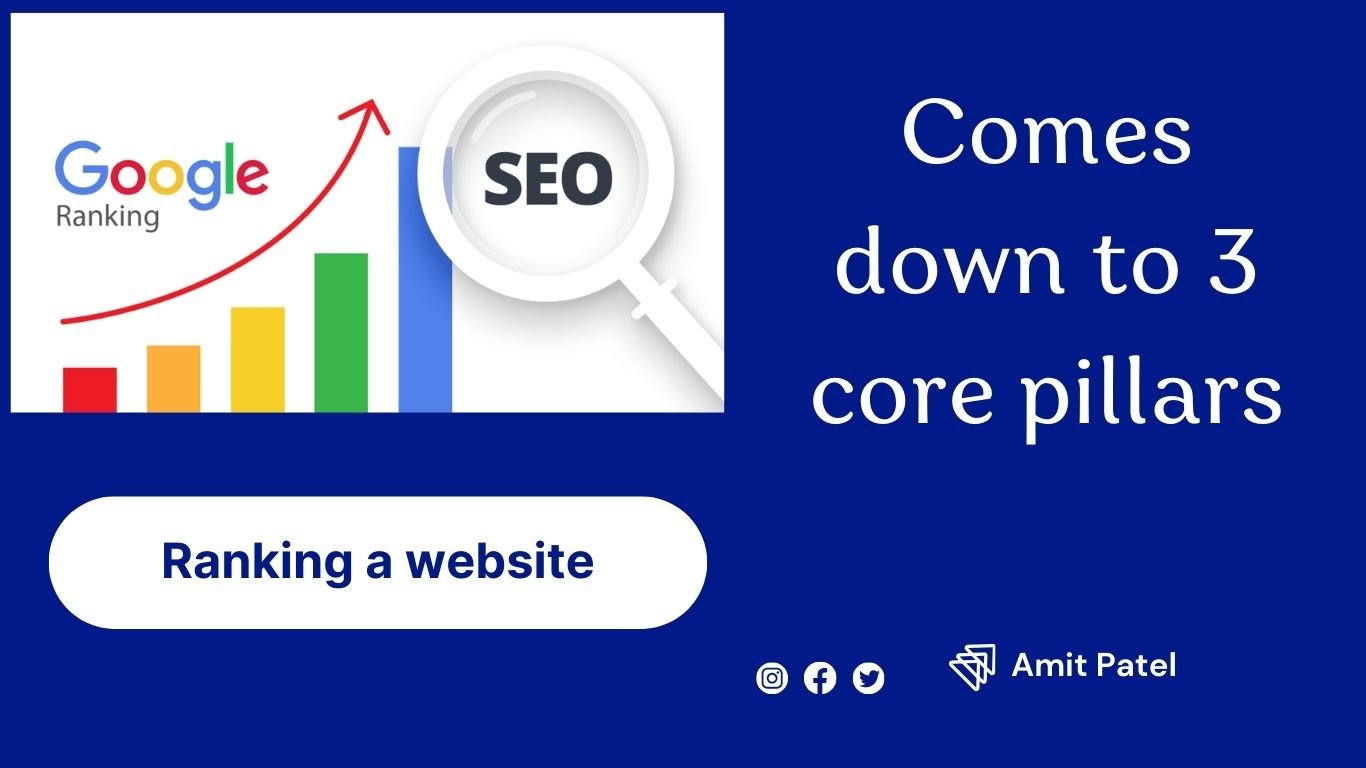- Technical SEO (making sure search engines can access and understand your site)
- On-Page SEO (making each page optimized for its target keywords)
- Off-Page SEO (building trust and authority through backlinks and mentions)
1. Technical SEO (Foundation)
If your site has technical issues, even great content won’t rank well.
- Mobile-friendly – Use responsive design (Google’s mobile-first indexing means mobile matters most).
- Speed optimization – Compress images, use caching (e.g., LiteSpeed/Cloudflare), and minify code.
- Secure (HTTPS) – Google favors secure sites.
- Clean URLs – e.g., example.com/hanuman-chalisa-pdf instead of example.com/?p=123.
- XML Sitemap & Robots.txt – Submit sitemap to Google Search Console.
- Fix broken links – Dead links hurt SEO.
2. Keyword Research & Strategy
Find what your audience is actually searching for.
- Use Google Keyword Planner, Ubersuggest, Ahrefs, or SEMRush.
- Target low competition, high search intent keywords first.
- Example for a religious site: Instead of just “Hanuman Chalisa”, use “Hanuman Chalisa PDF download in Hindi” (more specific, easier to rank).
- Create content clusters – one main topic page + supporting articles linking to it.
3. On-Page SEO
Make your content easy for both users and search engines to understand.
- Title Tag – Include main keyword near the start, keep under 60 characters.
- Meta Description – Entice clicks, ~150 characters.
- Headings (H1, H2, H3) – Only one H1 per page, with keyword; subheadings for structure.
- Keyword Placement – Naturally include in the first paragraph, headings, and throughout.
- Internal Linking – Link to related pages for semantic SEO.
- Image SEO – Use descriptive file names and alt text.
- Content Length – Cover the topic in detail (Google prefers comprehensive content).
4. High-Quality Content
Google’s algorithm rewards content that is:
- Helpful – Solves the user’s problem fully.
- Unique – No plagiarism or duplicate pages.
- Fresh – Updated regularly if the topic changes.
- E-E-A-T (Experience, Expertise, Authoritativeness, Trustworthiness) – Show credibility with author bios, references, and real examples.
5. Off-Page SEO (Authority Building)
- Backlinks – Get links from reputable, relevant websites.
- Guest posts
- Collaborations
- Resource links (e.g., “best devotional websites” lists)
- Social Signals – Share on Facebook, Instagram, YouTube, etc.
- Google Business Profile – For local SEO.
6. User Experience (UX)
Google tracks how users interact with your site.
- Reduce bounce rate by making content engaging.
- Use clear navigation.
- Add visuals, tables, and bullet points.
7. Ongoing SEO
SEO isn’t a one-time thing.
- Track rankings in Google Search Console.
- Update old content with new info.
- Monitor competitors and adjust.

